By Christopher Miskimon
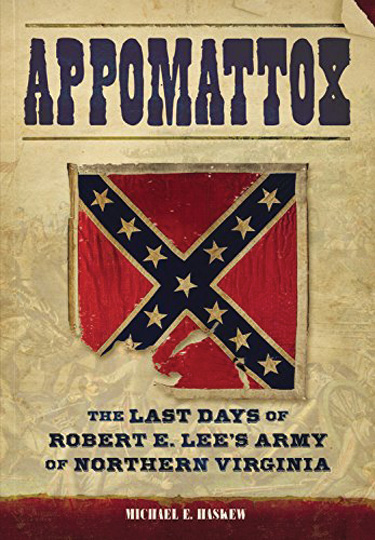
The battle of sailor’s creek was a debacle for the confederacy and the death knell of the Army of Northern Virginia. On April 6, 1865, the Confederate forces under General Robert E. Lee were maneuvering to escape the much larger Union forces arrayed against them. Petersburg and Richmond had fallen, and the only real hope for the South to continue the war was for Lee’s army to escape the Union army on its heels and join forces with General Joseph E. Johnston’s Army of the South in North Carolina.
General of the Armies Ulysses S. Grant’s pursuing armies were not to be denied, though. Fast-moving cav- alry under Maj. Gen. Phil Sheridan was able to cut off three corps of Lee’s army near Marshall’s Crossroads east of Farmville, Virginia. Chasing the Rebels were the Union II and VI Corps. Between the enemy infantry and cavalry, the Rebel troops were caught and engaged in three separate battles. The fighting was desperate, but by the end the
Confederates were decisively defeated. Nine thousand of Lee’s soldiers were lost that day, which was nearly a quarter of the Army of Northern Virginia’s strength. Among the captured were nine Confederate generals, including Robert E. Lee’s son, Custis Lee. Sailor’s Creek was not the last fighting of the war, but it was clear evidence that the scales were now permanently tipped in favor of the Union.
The end of the American Civil War was full of desperation, extreme exertions, joy, and sadness. The Con- federates knew the end was near, but they struggled in the forlorn hope of achieving victory or at least survival. The leaders and soldiers of the Union could sense the impending triumph of their cause, but they knew a last supreme effort would be required. The experiences of those who lived through this important time in American history are well told in Michael E. Haskew’s new book Appomattox: The Last Days of Robert E. Lee’s Army of Northern Virginia (Zenith Press, Minneapolis, MN, 2015, 256 pp., maps, photographs, notes, bibliography, index, $30.00, hardcover)
The surrender of the Army of Northern Virginia meant the war was effectively over. Even though this army was only one of the Confederacy’s field forces, it was the premier force and had carried the bulk of the war’s burden. As long as this particular army could take the field, the rebellion had a chance because it had an army in being. That army had succeeded against overwhelming odds throughout the war, but the Union, despite setbacks, kept pushing. This took an inexorable toll.
In the last few months of the war, this aggressiveness propelled Lee’s army to the breaking point. The fall of Petersburg and Richmond cut off the Army of Northern Virginia from its sources of supply, forcing it to march. It had to escape Grant’s forces, but Union cavalry harassed it and infantry pur- sued it relentlessly. Every engagement drained the supply-starved rebels of men and resources, even when it won. When it became clear they would not escape to join Johnston to the south, Lee had to accept the unaccept- able and surrender his beloved army, know- ing it doomed his infant nation as well.
In the midst of this tragedy were officers on both sides who knew each other and knew each day the war went on meant unnecessary, pointless suffering and death. The Union leaders could have been harsh in their demands, but instead they used the most lenient terms possible while still achieving an end to the bloodshed. Essentially, all Grant asked was for the Army of Northern Virginia to lay down its arms and go home. Lee assented, and it was over.
The author does excellent work describing how the participants got through this terrible time and brought the war to a conclusion. Using a wide range of sources, the book weaves together all these distinct accounts into a coher- ent narrative that gives the reader a detailed view of the desperation, tension, and chivalry that were the hallmarks of April 1865. Attention is also paid to the political level of the war, showing how Lincoln directed Grant to prose- cute the Civil War’s final chapter.
The last few days of the war are particularly well covered, with the letters Lee and Grant produced while negotiating the capitulation reproduced verbatim. The subordinates who surrounded these two men wrote many accounts of the events, and these are likewise included, giving a balanced view from both vic- tors and vanquished. Among a number of new titles commemorating the 150th Anniversary of the Civil War’s end, this book stands out for its clarity, detail, and storytelling.
 William Washington, American Light Dragoon: A Continental Cavalry Leader in the War of Independence (Daniel Murphy, West- holme Publishing, Yard- ley, PA, 2014, 225 pp., maps, illustrations, notes bibliography, index, $26.00, hardcover)
William Washington, American Light Dragoon: A Continental Cavalry Leader in the War of Independence (Daniel Murphy, West- holme Publishing, Yard- ley, PA, 2014, 225 pp., maps, illustrations, notes bibliography, index, $26.00, hardcover)
The American Revolution produced a num- ber of soldiers now famous for their audacity, courage, and skill. William Washington ranks among those deserving of such praise. A cousin of George Washington, William also grew up in Virginia in an environment of relative privilege. With the start of the revolution, he joined the Virginia militia and was made a captain, serv- ing in the battles at Harlem Heights and Tren- ton. Soon afterward Washington became a cav- alryman and after more service in New Jersey he went south with his regiment to serve in the Carolinas. At the head of his men, he fought in a number of skirmishes and battles, includ- ing several against the famed British Legion and its infamous commander Colonel Banastre Tarleton.
In December 1780, Washington and a small force were sent to capture Rugeley’s Mill, a backwoods outpost manned by Tories. Upon arriving he saw the outpost was actually more of a fort, so he devised an ingenious plan. Washington sent some of his men to cut down a pine tree and alter it to resemble a 6-pounder cannon. The false gun was mounted on a wagon axle and set up within sight of the fort. The fear of this artillery led the Tory comman- der to surrender. Washington fought several more actions, including the Battle of Cowpens, before being captured at the Battle of Eutaw Springs in September 1781. He spent the rest of the war in Charleston.
period of the American Revolution and it shows in this book. His understanding of how armies trained, moved, and fought is blended seamlessly with first-person accounts and let- ters written at the time. Washington is a lesser- known figure of the war compared to many other American soldiers, and this works to the volume’s advantage. It provides a fresh look at the conflict through the lens of an officer who is often mentioned in histories of the war but rarely covered in detail; this new work changes that for the better.
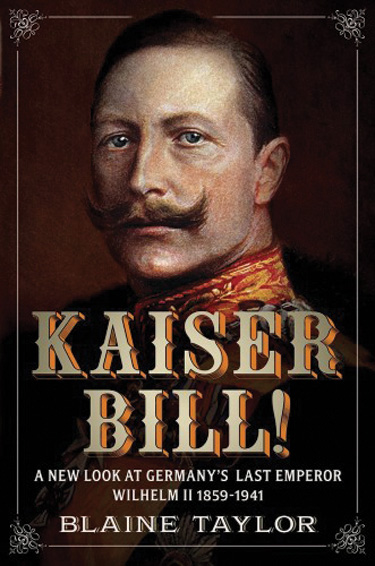 Kaiser Bill! A New Look at Germany’s Last Emperor: Wilhelm II 1859-1941 (Blaine Taylor, Casemate Publishers, Havertown, PA, 2014, 224 pp., pho- tographs, bibliography, $32.95, hardcover)
Kaiser Bill! A New Look at Germany’s Last Emperor: Wilhelm II 1859-1941 (Blaine Taylor, Casemate Publishers, Havertown, PA, 2014, 224 pp., pho- tographs, bibliography, $32.95, hardcover)
Wilhelm II, the last monarch of Germany, is a controversial figure, often maligned as either a sinister warmonger or a dimwitted fool. He came into power in 1888, when Germany was a young nation, an up-and-comer on the world stage. For the next two decades he oversaw the further develop- ment of his country into a world power. Ger- many built a navy and acquired overseas terri- tories. At the time, these were two of the hallmarks of a world power. Since it was already considered Europe’s preeminent land power, this made Germany an emerging threat to England, France, and Russia. Eventually this development brought Wilhelm’s nation into a conflict which in time ruined it.
Kaiser Wilhelm was at the center of Germany’s entry into the 20th century. As such he is often blamed for the path it took into World War I and beyond. In this new look at his life, the author reveals Wilhelm’s life as he lived it, stripping away the propaganda that surrounds him. Various significant events in his life are covered in detail, including his relationships with other world leaders. This book gives the reader a better understanding of the last kaiser and the country he led down the road to war.
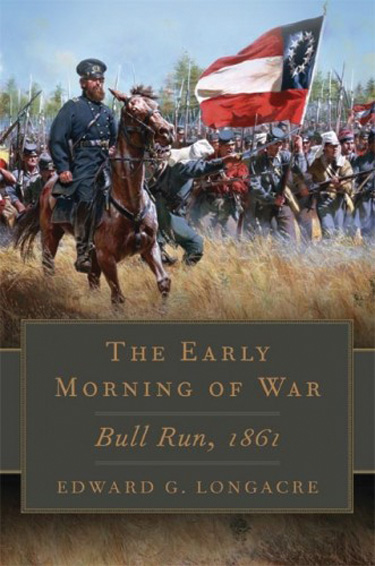 The Early Morning of War: Bull Run, 1861 (Edward G. Longacre, University of Oklahoma Press, Norman, 2014, 662 pp., maps, illustra- tions, notes, bibliogra- phy, index, $29.95, hard- cover)
The Early Morning of War: Bull Run, 1861 (Edward G. Longacre, University of Oklahoma Press, Norman, 2014, 662 pp., maps, illustra- tions, notes, bibliogra- phy, index, $29.95, hard- cover)
The American Civil War, like many others, was expected to be over in one short, sharp engagement that would settle the matter. The First Battle of Bull Run, also known as First Manassas, proved that belief false. The Union Army marched onto the field that morning in full expectation of a definitive victory. At first it seemed they might succeed. The Union troops launched an attack against the Confederate left flank and gained initial success. The Rebel forces were pushed onto the defensive and for a time it seemed it might yield. The fighting was fierce with heavy casualties on both sides.
The day was saved for the Confederacy when reinforcements arrived and the Rebels counter- attacked. The pressure against the Union troops proved too much after the day’s fighting, and they began to withdraw. That retreat quickly turned into a rout. The panicked Yankee sol- diers fled toward Washington D.C., accompa- nied by large numbers of civilians who turned out to watch the battle and now found them- selves a part of it. Four years of bloodshed ensued.
This volume is part the University of Okla- homa’s Campaigns and Commanders Series and provides a complete retelling of the Civil War’s first critical campaign. The accounts of over 400 participants were used to build the narrative of this history; the level of detail in this work is impressive. Many new Civil War books have appeared over the last few years as we commemorate the 150th anniversary of the war. This one is among the foremost on the conflict’s beginning.
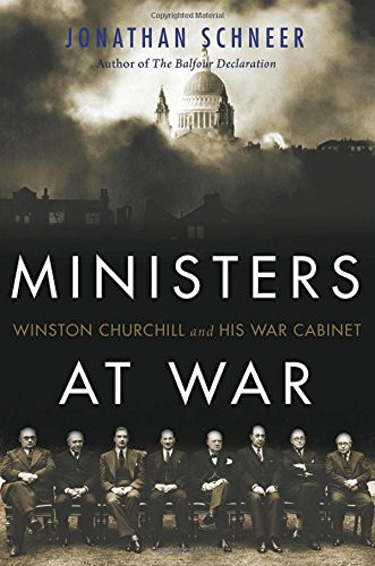 Ministers at War: Winston Churchill and His War Cabinet (Johnathan Schneer, Basic Books, New York, 2015, 323 pp., notes, bibliography, index, $29.99, hardcover)
Ministers at War: Winston Churchill and His War Cabinet (Johnathan Schneer, Basic Books, New York, 2015, 323 pp., notes, bibliography, index, $29.99, hardcover)
In 1940 Great Britain stood alone against the might of Nazi Germany. Winston Churchill was elevated to prime minister in the hopes he could reverse England’s bleak situation. That he was able to do so is a testament not only to him but to the men who formed his cabinet. Politically savvy, Churchill selected people from all over the nation’s political environment, ensuring broad support for his government. He also knew each cabinet member’s personal goals and ambitions, allowing him to balance them against each other toward the ultimate goal of victory.
Together these men steered their beleaguered country through the tumult of World War II, promoting British interests to England’s allies.
At times they fought with each other even as they cooperated publicly. While they were ulti- mately successful in their prosecution of the war, once it was over and the pressure of the conflict no longer bound them together, the cabinet quickly fell apart and Churchill was soon voted out of office, his task complete.
Using a broad variety of resources, the author weaves the story of the war cabinet into a polit- ical drama of a nation at war. The book com- bines smooth prose with clever insight, making it enjoyable to read. The author has delivered an original work shedding light on the political side of the epic conflict.
 They Were Heroes: A Sergeant Major’s Tribute to the Combat Marines of Iraq and Afghanistan (Sgt. Maj. David K. Devaney, Naval Institute Press, Annapolis, MD, 2015, 269 pp., $34.95, hardcover)
They Were Heroes: A Sergeant Major’s Tribute to the Combat Marines of Iraq and Afghanistan (Sgt. Maj. David K. Devaney, Naval Institute Press, Annapolis, MD, 2015, 269 pp., $34.95, hardcover)
The War on Terror has been fought in thou- sands of tiny actions in which acts of heroism often go unrecorded. This is nothing new for the U.S. Marine Corps, which has fought this way throughout its history. This book seeks to shed light on the heroism shown by various Marines throughout a decade of war. An exam- ple is Sgt. Maj. James Booker, who went on a one-man rampage through the streets of Ramadi, Iraq, before leading other Marines against their enemy. In Afghanistan, Corporal Michael Ouellette lost a leg to an improvised explosive device but continued to direct his Marines in a spirited defense, keeping them alive at the eventual cost of his own life.
The author argues that the process for awarding medals is often arbitrary and some- times simply unfair and lacking. There was nothing lacking about the courage and sacrifice of the Marines who fill the pages of this book. Each chapter covers a different Marine’s actions in clear prose. It is interest- ing reading for anyone who wants to under- stand what has been done on their behalf by warriors far from home.
 Gunboats of World War I (Angus Konstam, Osprey Publishing, Oxford, UK, 2015, 48 pp., photographs, index, $17.95, softcover)
Gunboats of World War I (Angus Konstam, Osprey Publishing, Oxford, UK, 2015, 48 pp., photographs, index, $17.95, softcover)
Gunboats seem almost a footnote in military his- tory, but their actions are widespread. An Austro-Hungarian gunboat, the Bodrog, fired the first shots of World War I when she shelled Ser- bian positions near Belgrade on July 28, 1914. Before the war, gunboats helped police empires, maintaining order and occasionally putting down revolts. Once the war began these tiny warships took part in every campaign from Western Europe to the Middle East. Often they served in isolated areas where their captains were virtually on their own to prosecute the war as they saw fit. Even the American gun- boat USS Dolphin became famous when she was involved in the 1914 Tampico Affair, where American sailors were arrested by Mex- ican authorities. This led directly to the occu- pation of Vera Cruz by the U.S. military.
This short but informative book is part of Osprey’s New Vanguard series, which focuses on significant weapons and ships. It is well illus- trated with photographs and original art and contains extensive technical information. The strength of this series is in its ability to give the reader a good basic overview in a brief, easy to read work and it does not disappoint, mixing a general history of the gunboat with fascinating vignettes of the type in action.
 Waterloo: The History of Four Days, Three Armies and Three Battles (Bernard Cornwell, HarperCollins, New York, 2015, 352 pp., maps, illustrations, bibliography, index, $35.00, hardcover)
Waterloo: The History of Four Days, Three Armies and Three Battles (Bernard Cornwell, HarperCollins, New York, 2015, 352 pp., maps, illustrations, bibliography, index, $35.00, hardcover)
When the Anglo-Allied tiny village of Waterloo in June 1815, the situation looked bleak. Napoleon’s forces had defeated or fought to a draw all that opposed them thus far. Yet, the chance to defeat the French still existed and so the Allies made their stand and won a victory that influenced the development of Europe for two centuries afterward.
The 200th Anniversary of Waterloo has spurred a number of new books on the battle. This one, by renowned novelist Bernard Corn- well, is a departure from his normal works of historical fiction. He is the creator of the Sharpe series, detailing the adventures of a British sol- dier during the Napoleonic Wars. These books are known for historical accuracy and detail and this nonfiction work on Waterloo delivers the same qualities. The book reads easily and smoothly, as one would expect from a writer of Cornwell’s skill and experience.
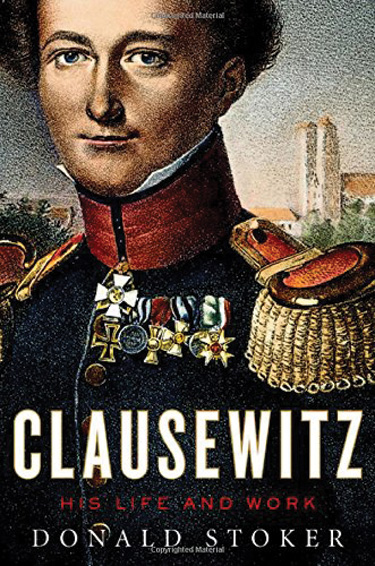 Clausewitz: His Life and Work (Donald Stoker, Oxford University Press, Oxford, UK, 376 pp., maps, illustrations, notes, bibliography, index, $27.95, hardcover)
Clausewitz: His Life and Work (Donald Stoker, Oxford University Press, Oxford, UK, 376 pp., maps, illustrations, notes, bibliography, index, $27.95, hardcover)
Carl von Clausewitz is considered one of the greatest military minds of the Western World; his book On War is consid- ered a seminal work on military theory. While his words are well known, few know much about the man who wrote them. He was more than just a Prussian staff officer sitting at a desk. Clausewitz fought in numerous battles during the Napoleonic Era. He was pre- sent at many of its most famous engagements, such as Jena-Auerstedt, where he was captured and spent a year as a prisoner of the French. Unwilling to serve in the Prussian Army when it was beholden to France, Clausewitz saw action at the Battle of Borodino in the service of the Russian Army. Later he took part in the final battle against Napoleon at Waterloo.
The author succeeds in showing how Clause- witz became the man he was when he wrote On War. He had a long history as a soldier from which to draw experience and the book lays this out in detail. Clausewitz was a prolific writer of letters to his wife and friends; the author uses these letters liberally, adding his subject’s own words to the rich mix of sources used in this book.
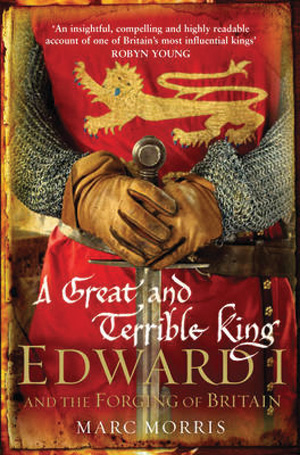 A Great and Terrible King: Edward I and the Forging of Britain (Marc Morris, Pegasus Books, New York, 2015, 480 pp., maps, illustrations, notes, bibliography, index, $29.95, hardcover)
A Great and Terrible King: Edward I and the Forging of Britain (Marc Morris, Pegasus Books, New York, 2015, 480 pp., maps, illustrations, notes, bibliography, index, $29.95, hardcover)
Edward I is a controversial figure in many ways, but is simultaneously an important figure in the military history of the Middle Ages. He is perhaps best known for his war against Scotland and the famous William Wallace, but he had a long and active rule before that conflict. He was largely responsible for defeating Simon De Montfort during the Second Baron’s War, par- ticipated in the Ninth Crusade to the Holy Land, and conquered Wales.
The depth of research in this book is impres- sive; the author is able to give extensive detail despite the passing of seven centuries since his subject last drew breath. Perhaps the greatest strength of the work is its readability; many books on this time period can be a chore to get through. This one reads easily, bringing clarity to a complex topic.
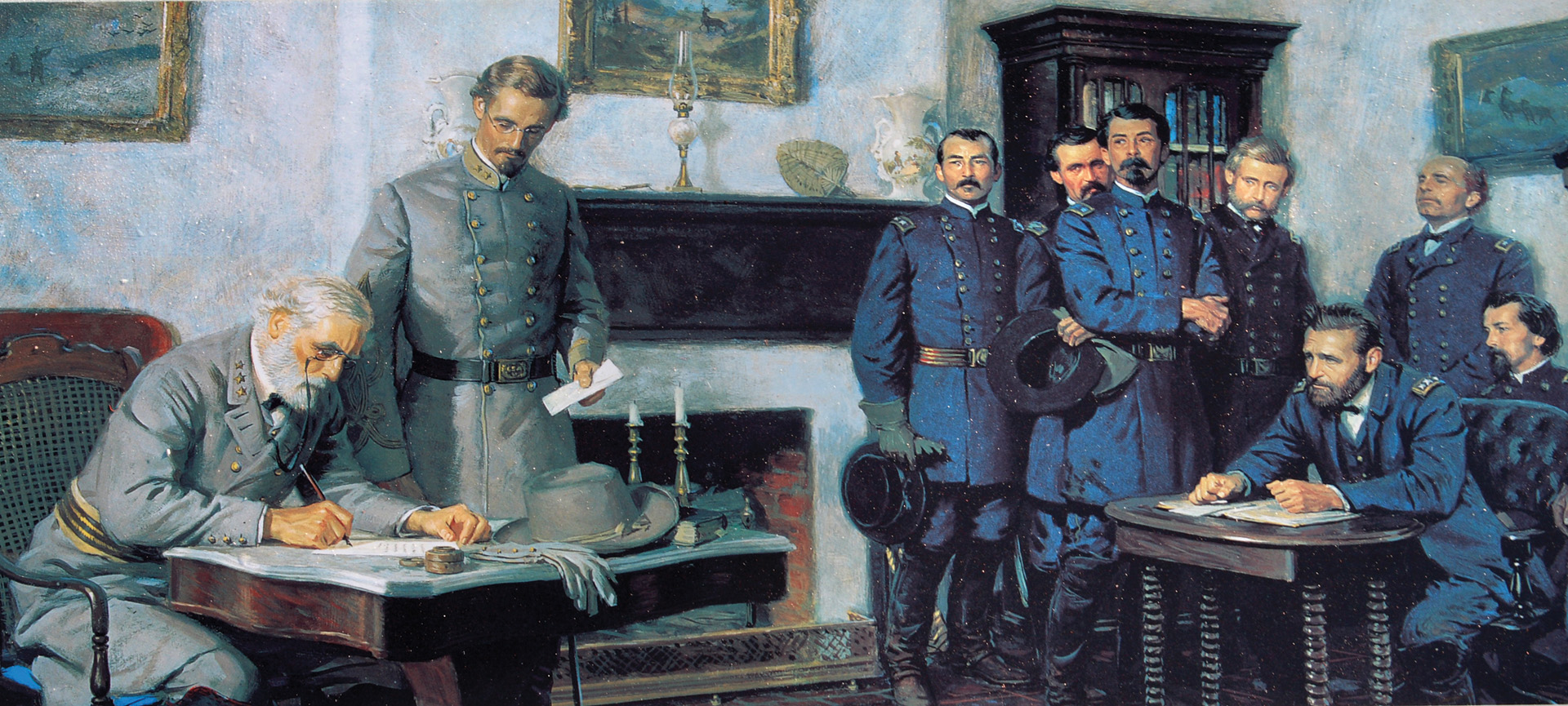
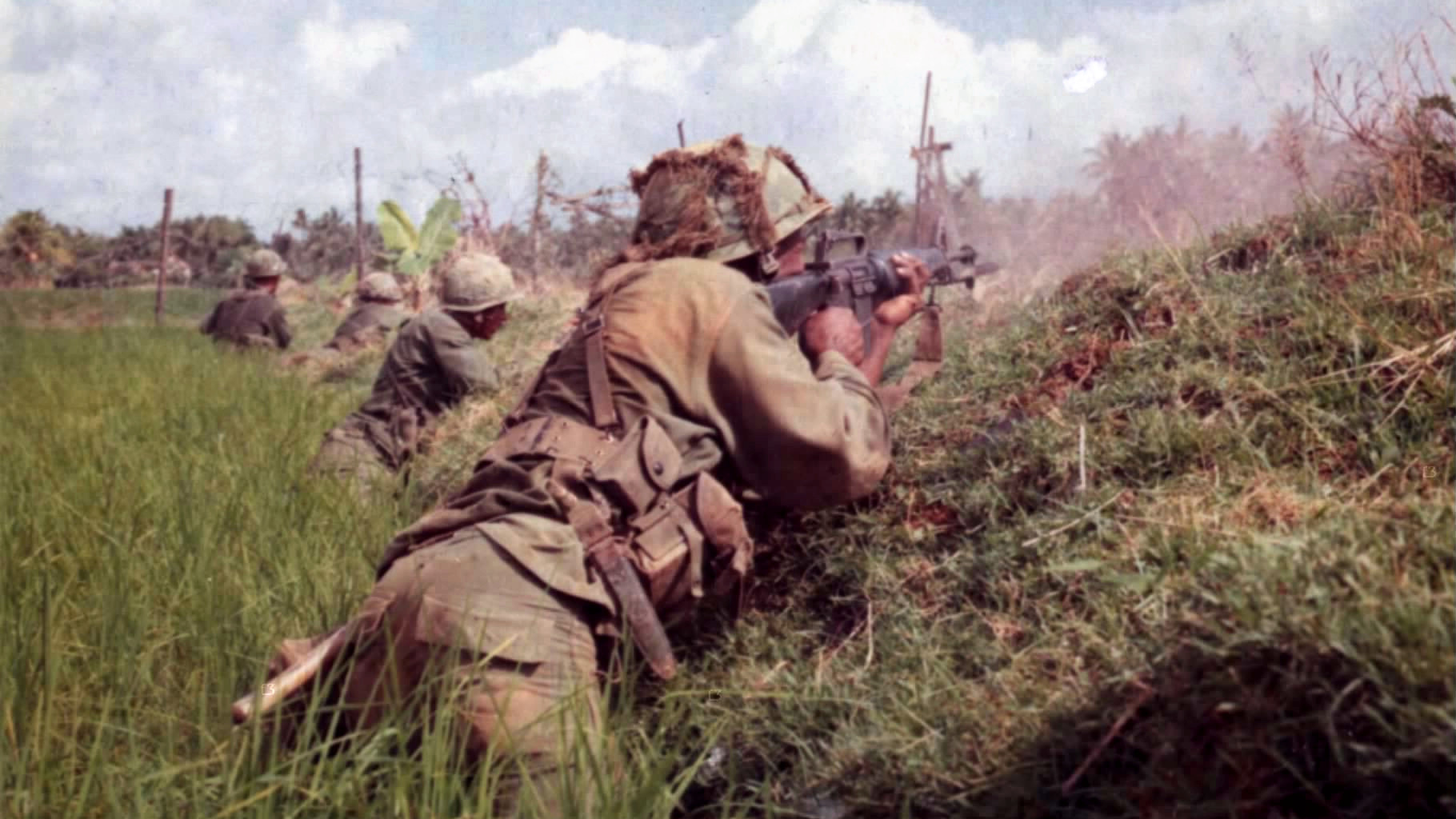

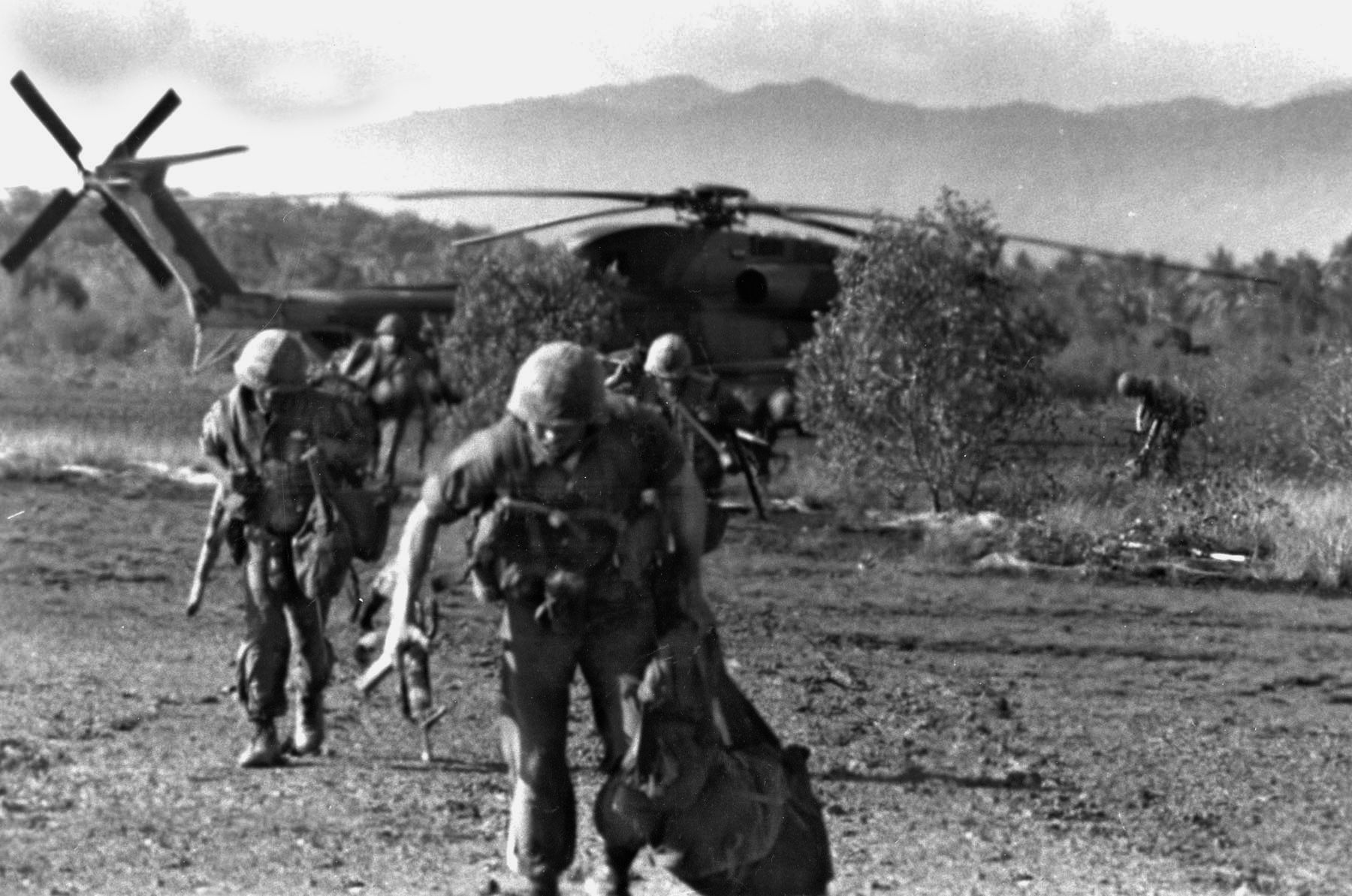
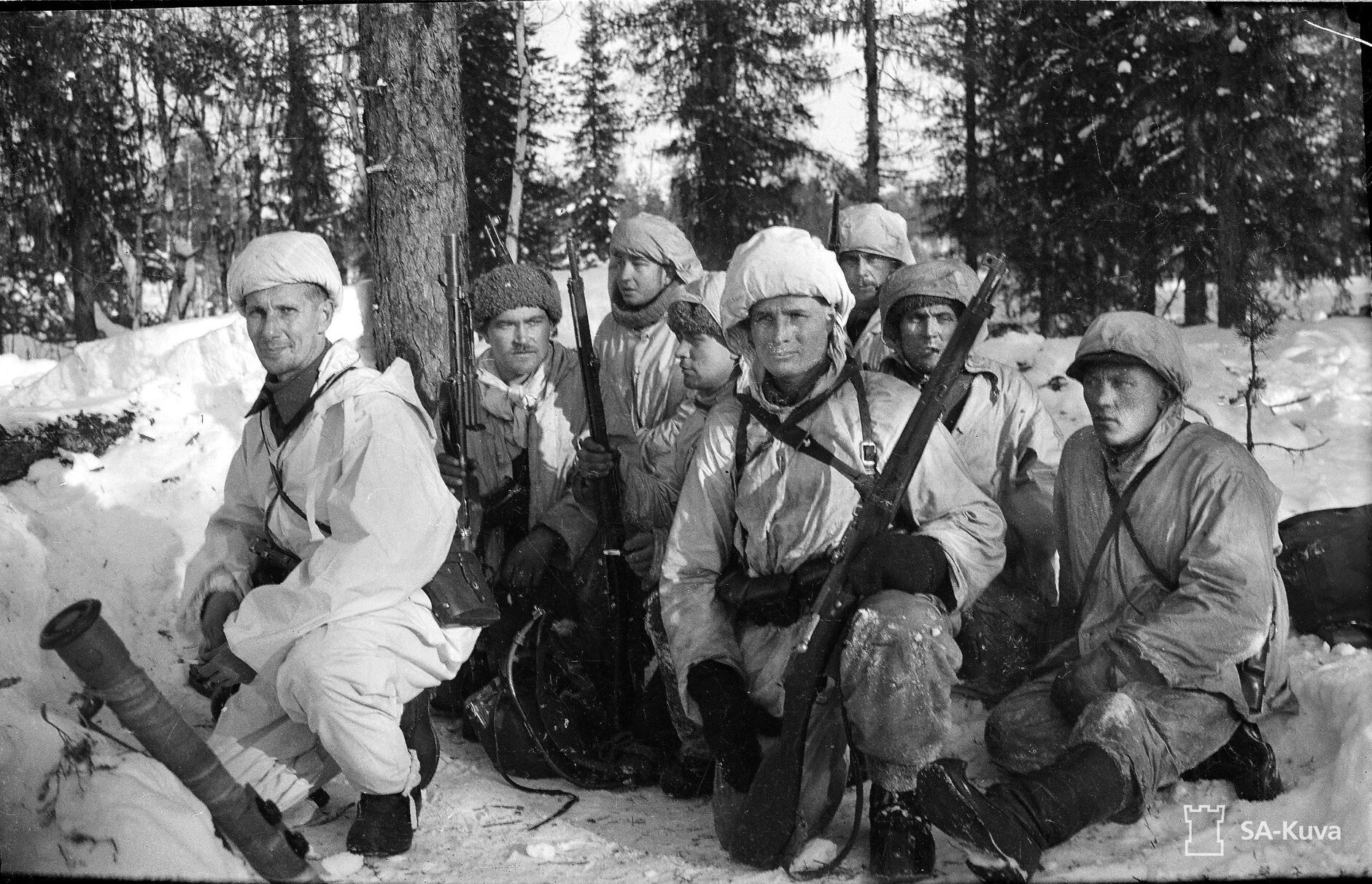
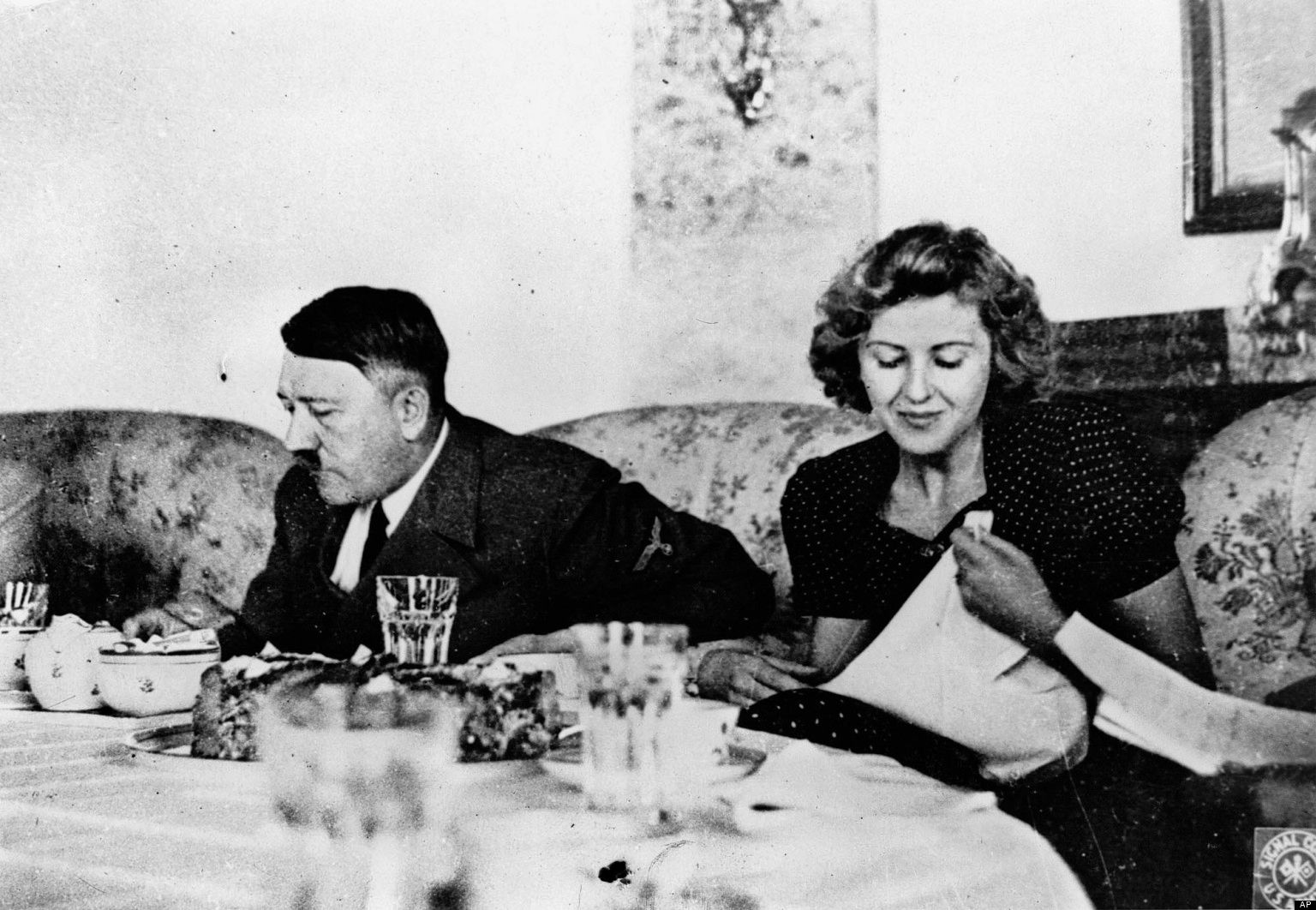

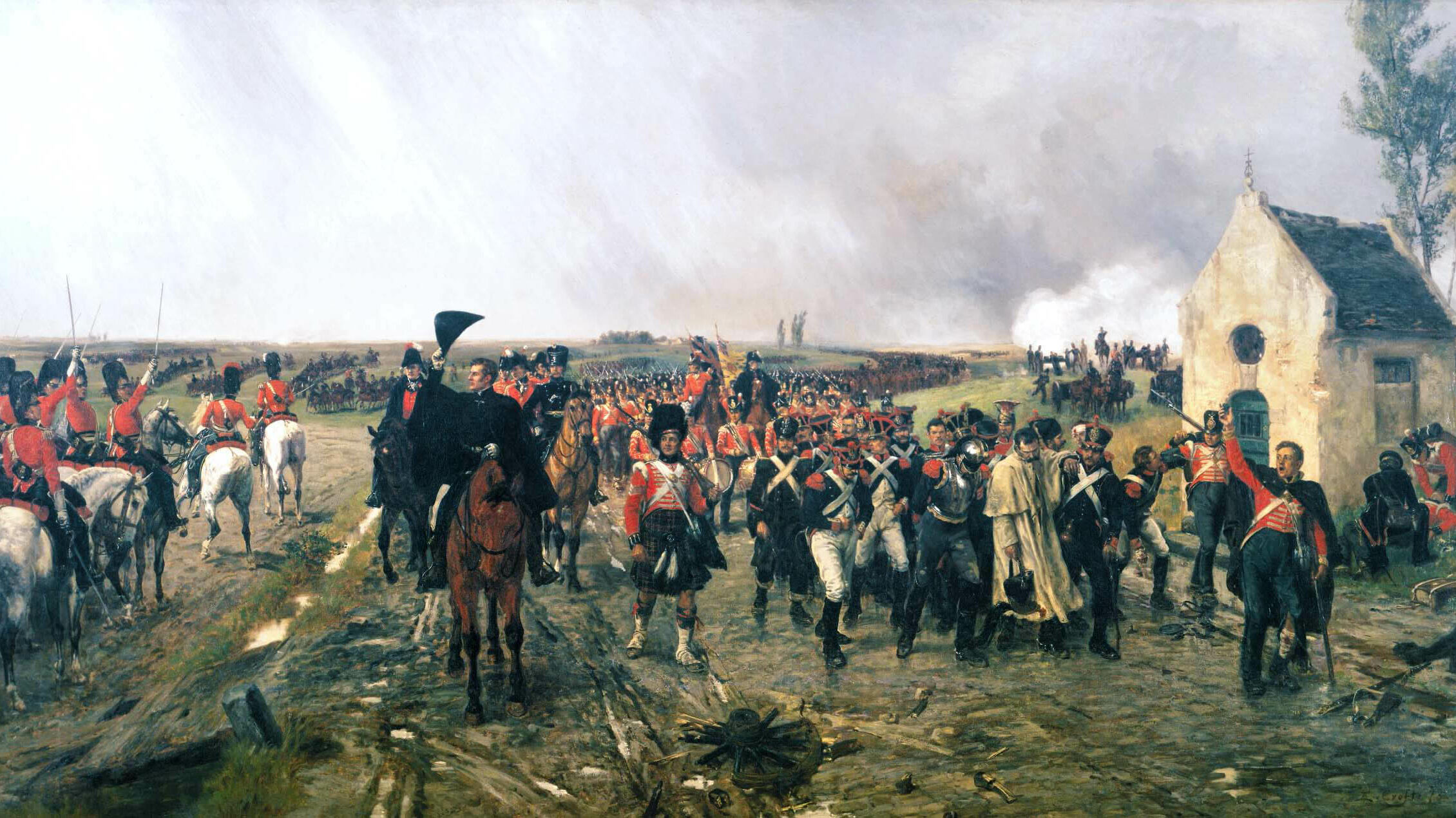
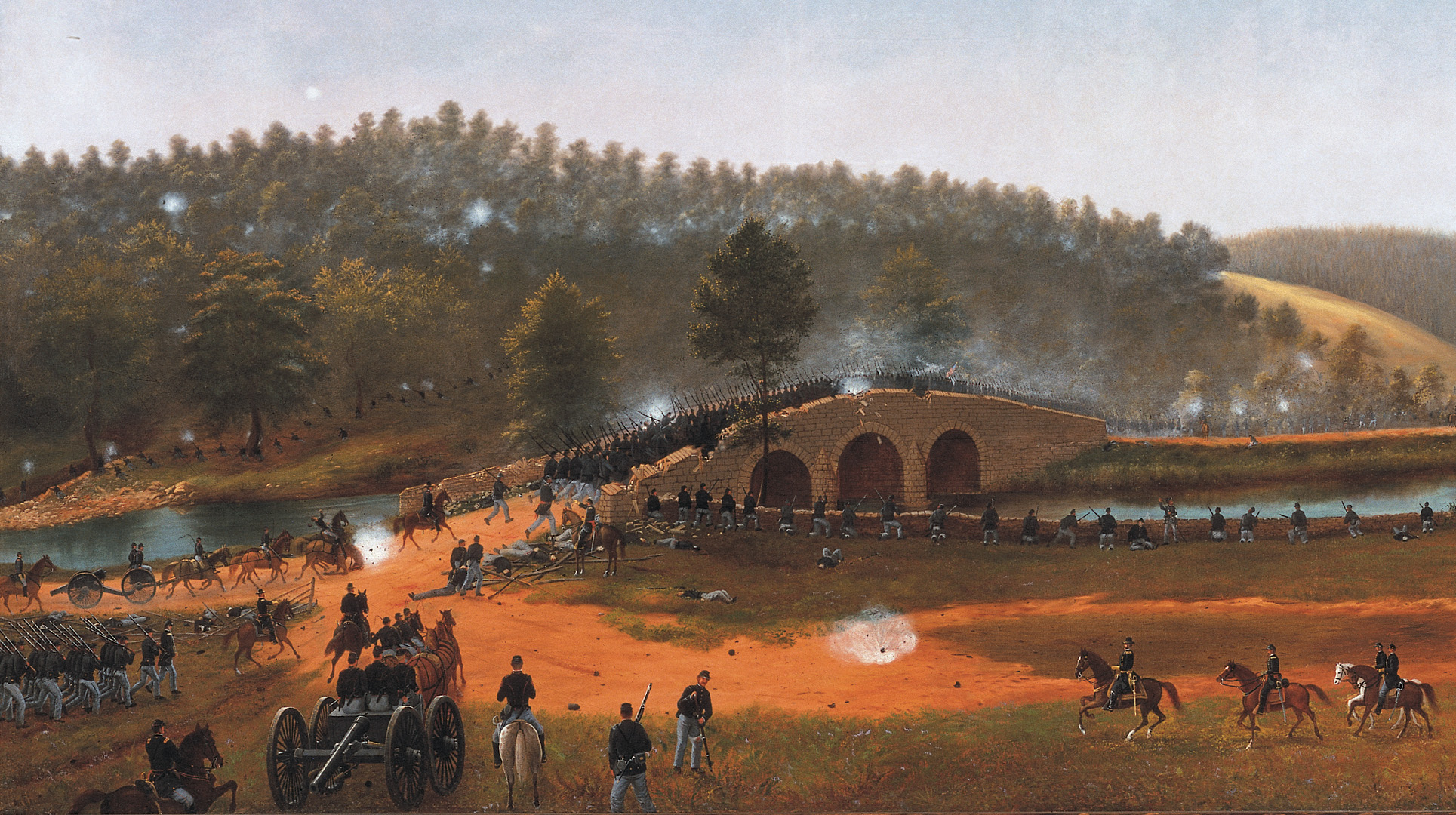
Join The Conversation
Comments
View All Comments